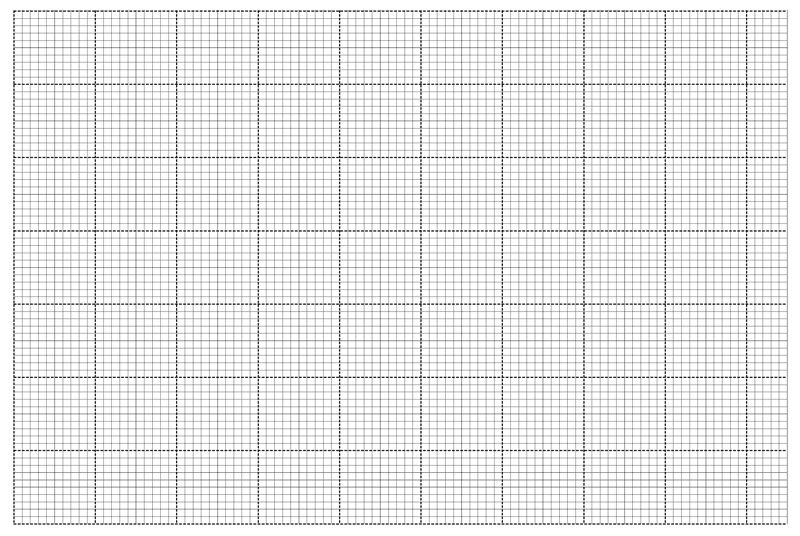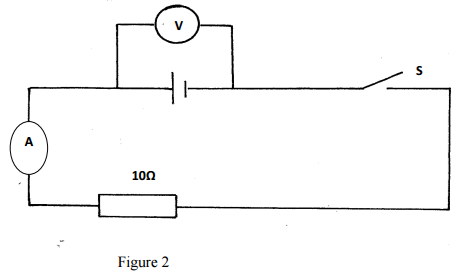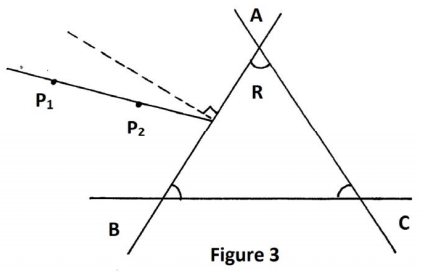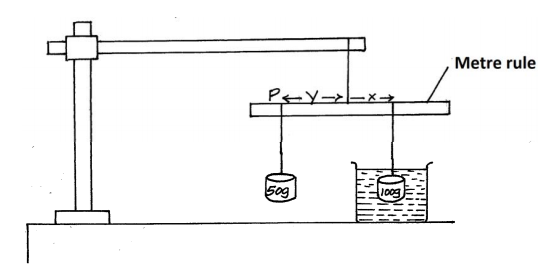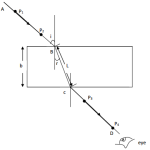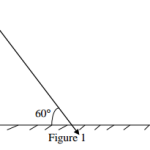KNEC KCSE Physics Paper 3 Question Paper / 2016 Pre KCSE
2016 Pre KCSE
Physics Paper 3
Part A
You are provided with the following apparatus
Concave mirror and a holder
Meter rule
Candle ( about 7cm)
White screen
a) Determine the focal length of the mirror by focusing a distant object
f = ……………………………………………………………………………………(1mk)
b) Arrange the apparatus as shown in figure 1 below
c) Place the candle at a distance u =22cm from the mirror. Move the screen along the meter
rule until a sharp image is formed on the screen. Measure and record the image distance
V.
d) Repeat the experiments for other values of u and record your result in table 1 below..

f) Given that m = v/f-1. Determine the focal length, f.(3mks)
Part B
You are provided with the following apparatus
A voltmeter 0-3 or 0-5v
An ammeter ( 0-1A)
10Ω resister ( fixed)
A switch
One dry cell and a cell holder
Six connecting wires
a) (i) Connect the above apparatus as shown in the circuit diagram below with the switch s
open.
ii) With the switch S open, record E the voltmeter reading (1 mk)
E =
……………………………………………………………………………………….
iii) Close the switch and record V, the voltmeter reading and I the ammeter reading
v = (1mk)
………………………………………………………………………………………..
I
=…………………………………………………………………………………………
iv) Given that E –V = Ir, Find r the fro the dry cell. ( 2mks)
20 marks
Part A
You are provided with the folowng
A triangular prism
A piece of soft board
Four ( 4) optical pins
A sheet of plain paper
Thumb pins
Proceed as follows:
a) Place the plain sheet of paper on the soft board . Trace the triangular outline of the prism
on the sheet of paper. Remove the prism and use a ruler to extend the three sides of the
outline
Use a protractor to measure the refracting angle R of the prism.
R =…………………………………………………………………………………………( 1mk)
b) On the side AB of the triangular prism outline,. Draw a normal at a point half-way
between A and B. ( This normal will be used for the rest of the experiment).
c) Draw a line at an angle i-30o to the normal. Stick two pins P1 and P2 vertically on this
line. See figure 3 above.
d) Place the prism accurately on the outline. By viewing through the prism from side AC.
Stick two other pins P3 and P4 vertically such that they are in line with the images of pins
P1 and P2
Remove the prism and the pins. Draw a line joining marks made by P3 and P4 . Extending
this line to meet AC. See figure 4 below.
Measure and record in tale 2 below the value of angle o
e) Repeat the procedures in © and (d) above for other values of I shown in table 2.
Complete the table.
Table 2
F) On the grid provided plot the graph of the angle of the emergency E(yaxis) against the
Angle of incidence i
(5mks)
ii) Use the graph to find i(the angle of incidence at which i=E) ( 1mk)
( The teacher to collect the plane papers used for this experiment showing how the
øis got.).
PART B
You are provided with the following
Meter rule
Report stand, clamp and boss
500ml beaker ¾ full of water
100g mas
50g mass
Three pieces of thread
Proceed as follows
a) Balance the meter rule horizontally by suspending it from the stand and clap with one of
the threads . Record the balance point G.
G =…………………………………………………….(cm) ( 1mk)
b) 9i) Suspend the 100g mass from the meter rule at a point x such that x = 10cm from pont
G. With l00g mass completely immersed in water in the beaker, hang the 50 g mass from
the meter rule and adjust its position until the system is in equilibrium as shown in the
diagram below.
Note the point of suspensuion P of the mass ( 50g)
P =……………………………………………………………. ( 1mk)
ii) Find the value of Y.
Y……………………………………………………………………………………..(1mk)
(iii) Using the information above, calculate the up thrust on the 100g mass if the density of water
is 1000kg/m3. (3mks)
20 marks

